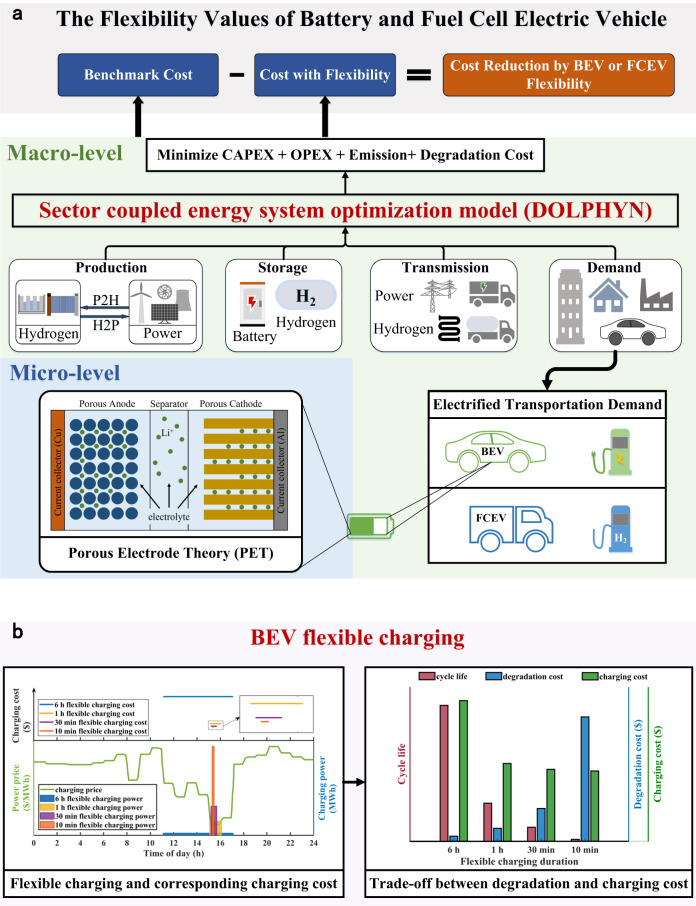Fig. 1. Schematic of the evaluation of the flexibility values of battery electric vehicles (BEVs) and fuel cell electric vehicles (FCEVs).
a The flexibility value was computed as the system’s least-cost reduction due to BEV or FCEV flexibility. Both macro-level model and micro-level analysis were synthesized to compute flexibility values. At the macro level, the sector-coupling DOLPHYN model was adopted to optimize the low-carbon energy system for obtaining the minimum system cost, considering the capital cost (CAPEX), operational cost (OPEX), emission cost (EMISSION), and BEV degradation cost. To involve the BEV degradation cost, a micro-level PET-based model was applied to simulate battery degradation and cycle life under various charging durations, which is regarded as one of the inputs of the DOLPHYN model. b BEV flexible charging. The flexibility was embodied in that BEVs could be charged under high VRE generation and a low power price. When the period with the highest VRE and the lowest power price is short, faster charging for a shorter charging duration is preferred to lower the charging cost by completing charging at the lowest power price. Nevertheless, a shorter charging duration with a higher charging power could accelerate battery degradation, leading to extra degradation costs and reduced flexibility value. These trade-offs are considered when evaluating the flexibility value of BEVs in this work.

